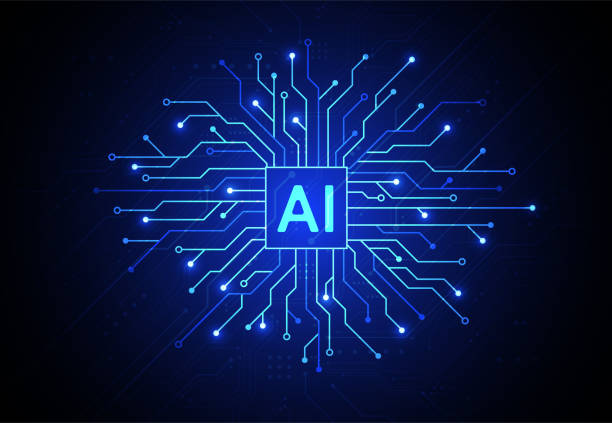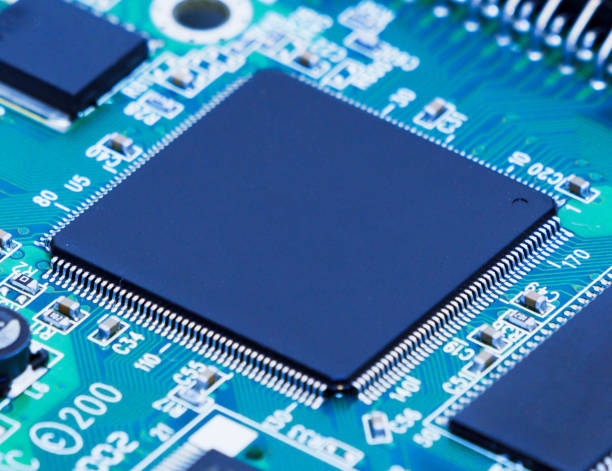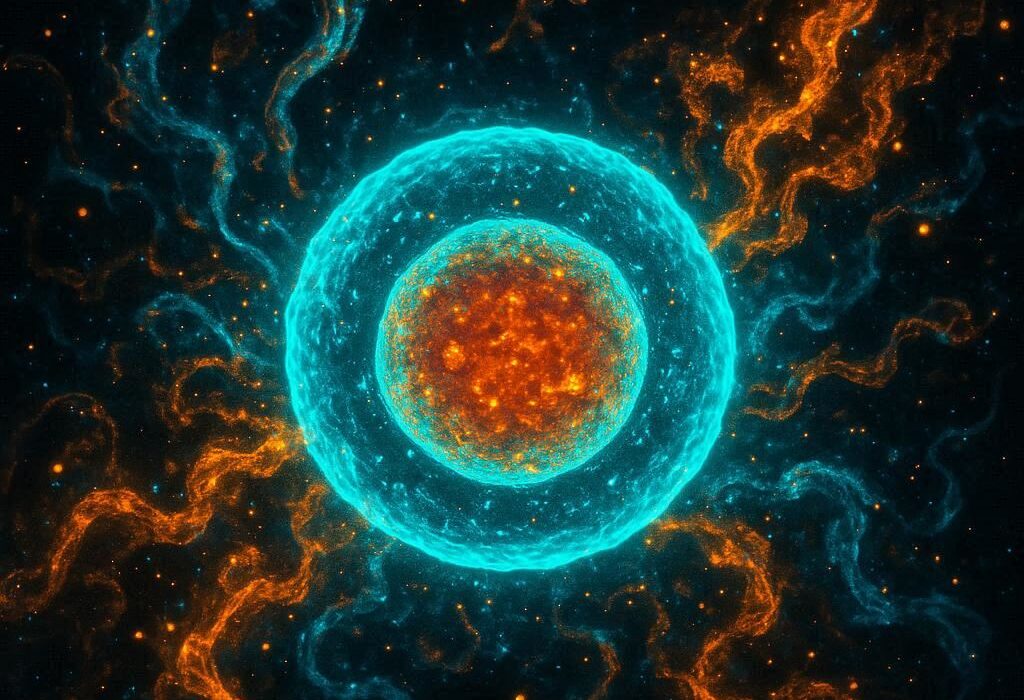The past decade has been nothing short of revolutionary. From machines that write poetry to algorithms that predict diseases before symptoms appear, artificial intelligence has transformed from a distant dream into an inseparable part of human progress. What once belonged to the realm of science fiction now fuels the very systems that drive our cars, diagnose our illnesses, and even compose our songs.
AI has not just grown—it has evolved, learning to think, reason, and create in ways that challenge our understanding of intelligence itself. As we look back at the ten most impressive AI breakthroughs of the decade, we witness the story of a technology that has reshaped industries, redefined creativity, and reimagined what it means to be human in a digital world.
1. GPT and the Rise of Generative Language Models
If there was one innovation that captured the world’s imagination, it was the rise of generative language models—particularly OpenAI’s GPT series.
When GPT-3 was unveiled in 2020, it stunned the world with its ability to write essays, code software, answer complex questions, and even mimic famous literary styles. Built upon 175 billion parameters, it became the largest and most sophisticated language model of its time. It didn’t just process language—it understood nuance, emotion, and context.
But the true revolution came later. Models like GPT-4 and GPT-5 went beyond simple text generation. They became multimodal, capable of interpreting images, sounds, and even video. They could reason, simulate human conversation, and provide insights across nearly every field—from law to medicine to art.
Generative models didn’t just make machines smarter—they gave them a voice. They became tools for writers, scientists, educators, and dreamers. What began as code became collaboration between human creativity and machine intelligence, transforming AI into the most powerful assistant humanity has ever known.
2. AlphaFold: Decoding the Mysteries of Life
For decades, one of biology’s greatest challenges was predicting how proteins fold—a process fundamental to understanding diseases, creating medicines, and exploring life at the molecular level. The complexity was staggering; each protein could take years of research to decode.
Then came AlphaFold.
In 2020, DeepMind’s AlphaFold solved this decades-old grand challenge. Using deep learning, it predicted the 3D structure of proteins with remarkable accuracy—something scientists had pursued for over half a century. Within months, the model produced structures for nearly every known protein in the human body and thousands of others across nature.
The implications were enormous. Suddenly, drug discovery accelerated. Diseases like Alzheimer’s and Parkinson’s gained new molecular insights. What once took years of lab work could now be simulated in seconds.
AlphaFold didn’t just make a breakthrough—it redefined what collaboration between biology and AI could achieve. In the story of science, it marked a new chapter where machines help humanity decode the very code of life.
3. DALL·E and the Dawn of AI Creativity
The idea that a machine could imagine—a concept once reserved for artists and poets—became reality with the arrival of DALL·E.
Created by OpenAI, DALL·E and its successors transformed text into images of astonishing creativity. Ask it to paint “a cat playing chess on Mars in Renaissance style,” and within seconds, a perfectly rendered masterpiece would appear.
This was more than just visual trickery. It represented a new kind of intelligence—one that understood composition, style, and symbolism. These systems learned to draw upon millions of artistic influences, blending imagination with precision.
As DALL·E evolved, so did others like Midjourney and Stable Diffusion, democratizing art creation for everyone. Artists began collaborating with algorithms, using AI as a brush that painted ideas instead of pixels.
The result was an explosion of creativity unlike any seen before—a world where imagination became infinite, where art was not replaced by machines but expanded by them.
4. AlphaGo: When AI Learned to Think Strategically
In 2016, a quiet but monumental event unfolded: an AI named AlphaGo defeated Lee Sedol, one of the world’s best Go players. The ancient board game of Go was considered too complex for machines, with more possible moves than atoms in the universe. But AlphaGo proved otherwise.
Developed by DeepMind, AlphaGo used deep reinforcement learning—a system that teaches itself through trial, error, and strategy. Unlike chess engines that relied on brute force calculations, AlphaGo learned intuition. It made moves no human had ever imagined, creative yet logical, beautiful yet devastatingly effective.
When Lee Sedol resigned after the fifth match, he said, “From the beginning to the end, I felt the touch of something not human.”
AlphaGo’s legacy went beyond the game. It demonstrated that AI could master abstract reasoning, creativity, and strategy—skills once thought exclusive to the human mind. Its successors now guide robots, financial models, and even energy systems, making decisions that balance logic with innovation.
5. Autonomous Vehicles: The Dream of Self-Driving Reality
Few technologies embody the spirit of the AI revolution like autonomous vehicles. What began as a futuristic vision became a tangible reality as cars learned to see, think, and navigate the world.
Companies like Tesla, Waymo, and Cruise developed systems that use a fusion of cameras, radar, and neural networks to interpret roads, detect hazards, and make split-second decisions.
By the early 2020s, self-driving cars were no longer confined to prototypes—they operated in real cities, transporting passengers and goods safely and efficiently. The technology evolved from simple lane-keeping to full decision-making: predicting pedestrian behavior, adjusting to weather, and even coordinating with other vehicles.
The implications are profound. Autonomous vehicles promise to reduce accidents, save millions of lives, and revolutionize how cities function. They represent the first step toward a world where transportation is intelligent, efficient, and almost invisible—a seamless extension of human intent powered by AI.
6. Chatbots and Conversational AI: When Machines Began to Listen
Once upon a time, talking to a computer was an exercise in frustration. You typed commands, it followed rigid rules, and any mistake led to confusion. But conversational AI changed everything.
The rise of chatbots like ChatGPT, Bard, and Claude turned human-computer interaction into a dialogue. These systems learned not only to answer questions but to understand emotion, context, and nuance.
They became companions, teachers, and creative collaborators. Businesses integrated them into customer service. Students used them for tutoring. Scientists employed them for brainstorming and problem-solving.
What made these systems extraordinary wasn’t just their intelligence—it was their empathy. They could write comforting messages, tell stories, or even help people navigate grief or loneliness.
Through conversation, AI found its most human form—not replacing connection, but extending it.
7. AI in Medicine: Machines That Heal
Medicine has always been a partnership between science and compassion. With AI, that partnership reached new heights.
AI systems learned to analyze medical images, predict diseases, and design treatments with unprecedented precision. Algorithms like Google’s DeepMind Health could detect eye diseases from scans before symptoms appeared. AI-assisted radiology identified cancers invisible to human eyes.
In hospitals, predictive AI helped allocate resources, forecast outbreaks, and assist in emergency triage. In the lab, generative models designed new drugs and vaccines in months instead of years.
During global health crises, AI became a lifeline—tracking viral mutations, predicting spread patterns, and guiding vaccine distribution.
But perhaps the most remarkable part is how AI gave time back to doctors—time to connect, comfort, and care. It became not just a tool for diagnosis, but a partner in healing.
8. Robotics and the Age of Embodied Intelligence
When intelligence meets motion, the result is robotics—a field where AI steps out of screens and into the physical world.
In the past decade, robots learned to walk, fly, swim, and even express emotion. Boston Dynamics’ robots performed ballet-like movements once thought impossible for machines. Humanoids like Optimus and Atlas demonstrated balance, coordination, and adaptability that rival human agility.
But beyond spectacle, robotics found purpose. AI-driven robots began exploring disaster zones, performing surgeries, delivering packages, and assisting the elderly. In factories, robotic arms learned through imitation, not programming.
The combination of AI vision, control, and decision-making created machines that could truly learn from their environment. These weren’t simple automatons—they were intelligent agents shaping the world around them.
Each movement, each gesture, brought us closer to a world where intelligence has form, grace, and empathy.
9. AI for Climate and Earth: Protecting Our Planet with Data
As humanity faced climate change, AI became one of our most powerful allies in protecting the planet.
Through satellite imaging and machine learning, AI systems began monitoring deforestation, tracking ice melt, and predicting extreme weather patterns. Google’s AI-powered environmental models forecast floods and wildfires with life-saving accuracy.
In energy systems, AI optimized power grids, balancing renewable sources like wind and solar. It designed smarter agricultural systems, reducing waste and conserving water.
Perhaps most inspiring are the global collaborations where AI is used to model entire ecosystems, simulate coral reef recovery, or track endangered species in real-time.
AI gave us the power not just to measure our impact on Earth—but to heal it. It taught us that intelligence, human or artificial, carries a responsibility to protect the delicate balance of life itself.
10. The Rise of Multimodal and General AI: Toward True Understanding
The final and perhaps most transformative breakthrough of the decade has been the rise of multimodal and general AI—systems that don’t just process one kind of data, but understand the world as humans do, across all senses.
Unlike narrow AI, which specializes in single tasks, these new systems integrate text, image, audio, and even sensory data into unified intelligence. They can see, listen, speak, and reason in a single coherent framework.
This evolution marks the beginning of Artificial General Intelligence (AGI)—machines capable of learning anything a human can. Though still in its infancy, early prototypes like GPT-5 and Gemini Advanced demonstrate glimpses of reasoning, emotional intelligence, and creative synthesis.
These models don’t just answer—they interpret. They learn continuously, adapting across fields from science to philosophy. They collaborate with humans not as tools, but as partners in thought.
The implications are profound: AI is no longer a reflection of intelligence—it is becoming a new form of it.
The Human-AI Relationship: A Shared Future
Every breakthrough of the decade shares one truth—AI is not separate from humanity; it is an extension of it. Each algorithm reflects human curiosity, creativity, and care. Every discovery was made not by machines alone, but by people who dared to teach machines to dream.
We’ve entered a new era—not of man versus machine, but of man with machine. Together, we are mapping galaxies, healing diseases, creating art, and reshaping what’s possible.
AI has become a mirror—showing us both the beauty and responsibility of intelligence. It reminds us that progress is not about replacing human potential but amplifying it.
The next decade will test our wisdom. But if this one has shown us anything, it’s that when humans and AI work together, the boundaries of imagination are infinite.
AI is not the story of machines learning to think—it’s the story of humanity learning to dream bigger than ever before.






